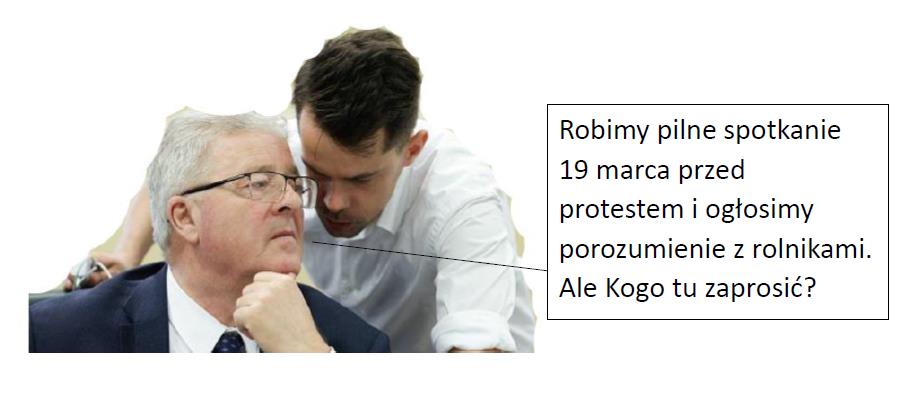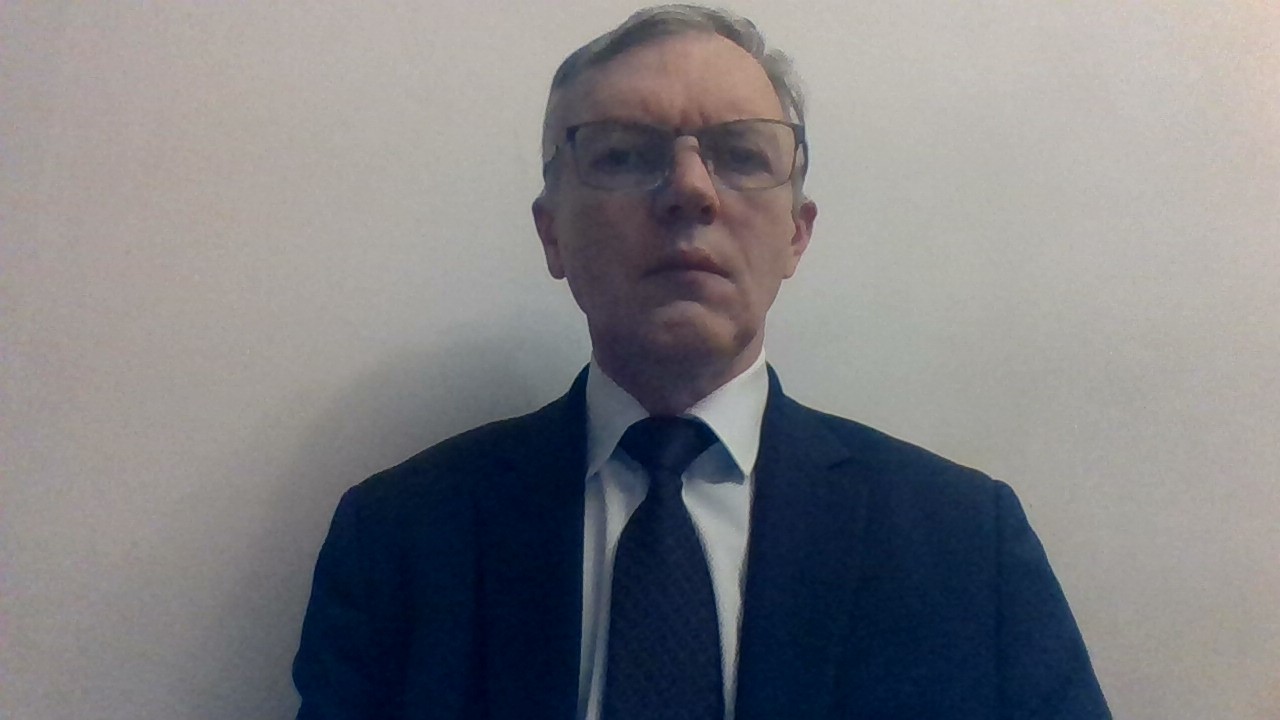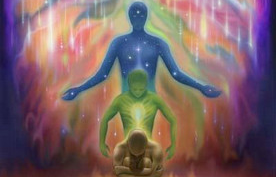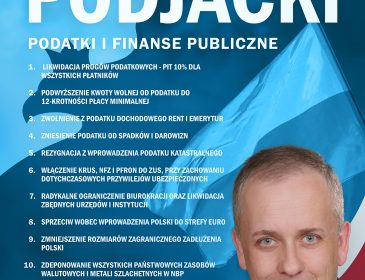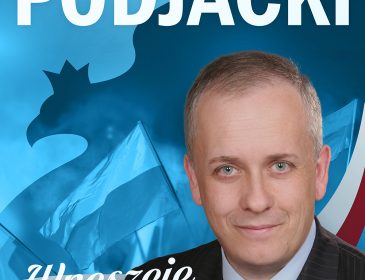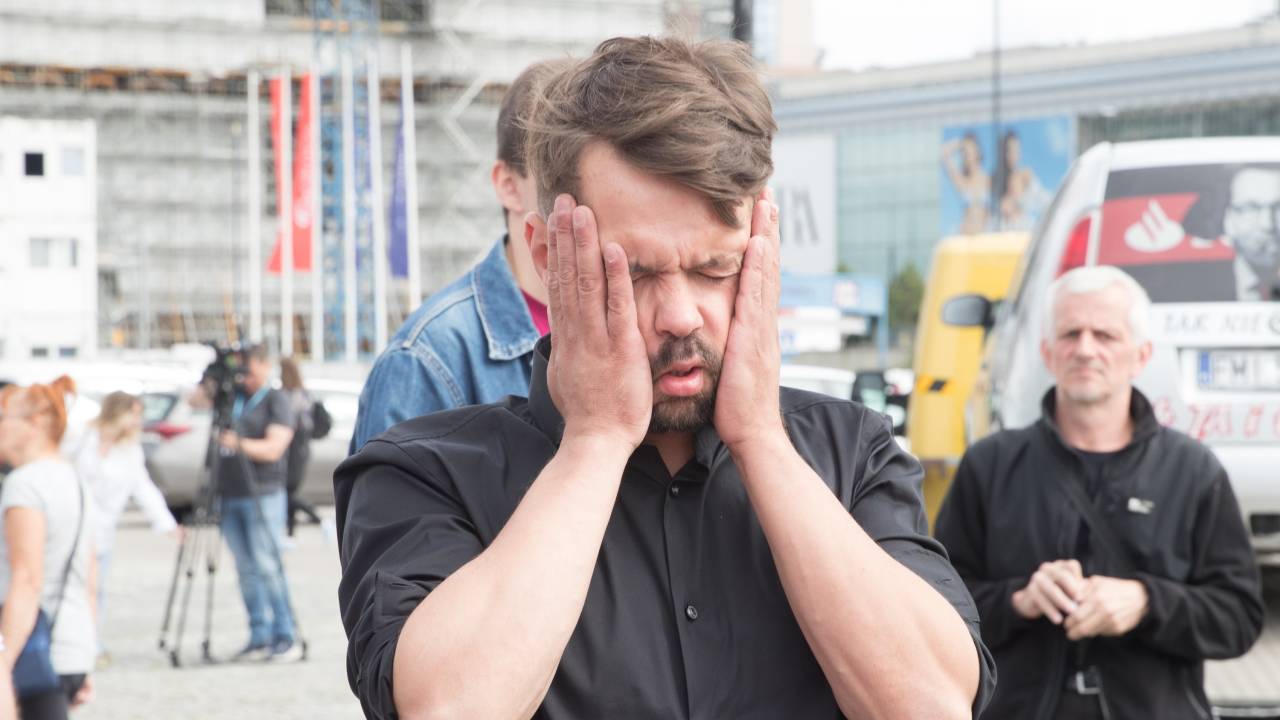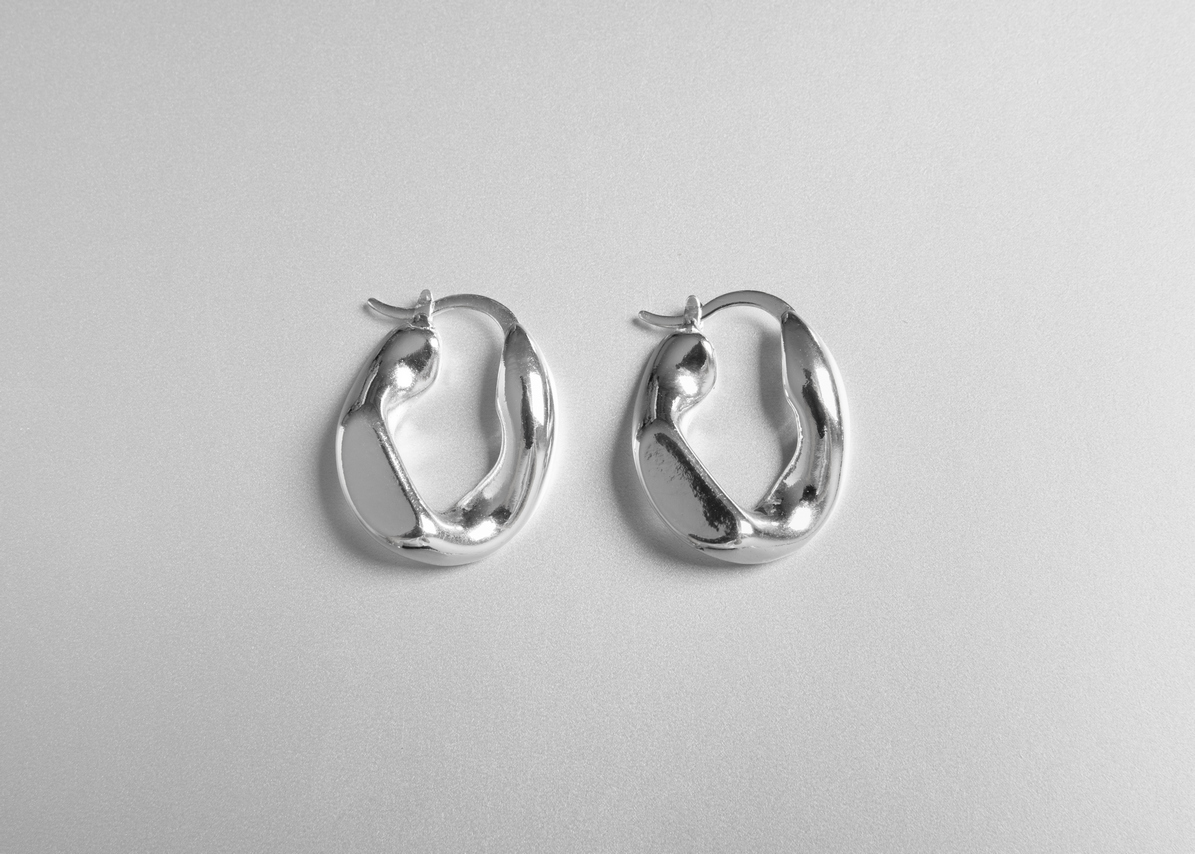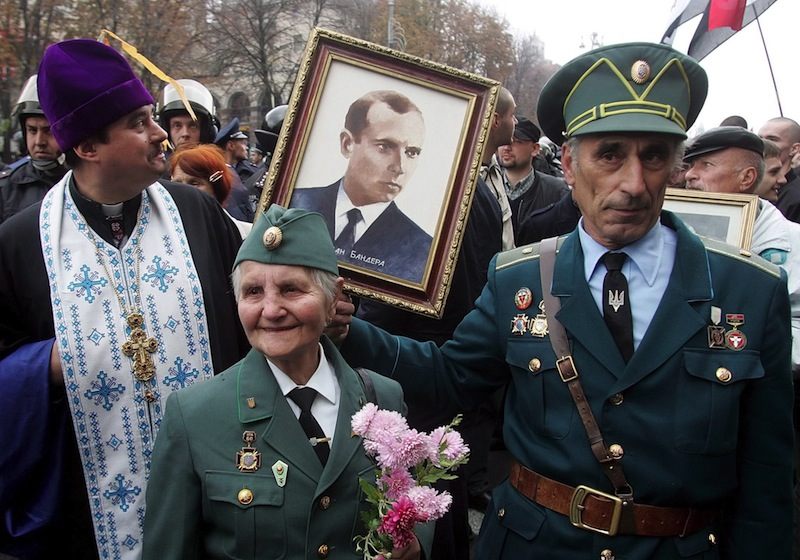-
Bohaterstwo, które podziwiał świat. „W..
POLSKA2 lata temu -
Neon24 – ruska V kolumna
POLSKA2 lata temu -
Nowe osoby w Zarządzie Amiblu
BIZNES3 lata temu -
Mechanizm warunkowości – krok ku Homo Eu..
POLSKA3 lata temu -
Wściekłe i wulgarne „Lemparcice” ..
POLSKA3 lata temu -
Rolnicze poparcie dla prezesa Elewarru – ..
NEWS3 lata temu
Antypolska propaganda w Kanadyjskim Muzeum Imigracji

Antypolska propaganda w Kanadyjskim Muzeum Imigracji O książce przedstawiającej stereotyp Polaka obowiązujący WASP-owskie elity w USA pisałem w notce "Obrzydliwy stereotyp Polaka propagowany przez elity w USA". W notce tej omawiałem książkę mieszkającej w USA pisarki i poetki Danusha V. Goska zatytułowaną "Bieganski: The Brute Polak Stereotype, It’s Role in Polish-Jewish Relations and American Popular Culture" (Biegański: Stereotyp dzikiego i okrutnego Polaka; jego rola w relacjach polsko-żydowskich oraz popularnej kulturze amerykańskiej). W poniższym cytacie jest mowa o tym, jak kanadyjskie Muzeum Imigracji rozsiewa chamską, antypolską propagandę za pomocą filmu na DVD — w założeniach mającego przedstawiać prawdę o imigracji do Kanady. Poniższej jest opisana scena z tego fimu przedstawiąca młodą dziewczynę — przeszmuglowaną z getta i uratowaną z […]
Antypolska propaganda w Kanadyjskim Muzeum Imigracji
O książce przedstawiającej stereotyp Polaka obowiązujący WASP-owskie elity w USA pisałem w notce "Obrzydliwy stereotyp Polaka propagowany przez elity w USA".
W notce tej omawiałem książkę mieszkającej w USA pisarki i poetki Danusha V. Goska zatytułowaną "Bieganski: The Brute Polak Stereotype, It’s Role in Polish-Jewish Relations and American Popular Culture" (Biegański: Stereotyp dzikiego i okrutnego Polaka; jego rola w relacjach polsko-żydowskich oraz popularnej kulturze amerykańskiej).
W poniższym cytacie jest mowa o tym, jak kanadyjskie Muzeum Imigracji rozsiewa chamską, antypolską propagandę za pomocą filmu na DVD — w założeniach mającego przedstawiać prawdę o imigracji do Kanady.
Poniższej jest opisana scena z tego fimu przedstawiąca młodą dziewczynę — przeszmuglowaną z getta i uratowaną z holocaustu przez polskich katolików — która jednak była prześladowana przez tych samym katolików, którzy uratowali jej życie… [sic!]
The Bieganski Stereotype on Display at Pier 21: Canada’s Immigration Museum.
(…)
The next vignette communicates very clearly that this immigrant is unique. She, unlike Ukrainians, unlike war brides, had a sad reason to leave home. There is a still photo of the barbed wire surrounding a concentration camp, and then one of people holding their hands over their heads. Very sad violin music plays. Anita, maybe 17, in red shirt and striped brown skirt, is seated at a desk, across from a middle-aged woman with a sweater tossed over her shoulders.
"The Jewish Immigrant Aid Society will make sure you will have whatever else you need," the woman declares. "A caring family will take you into their home." This is not a paraphrase – it’s the actual dialogue.
Anita shakes her head. "Another home," she repeats, bitterly. "I’ve been to so many homes. In Poland – " there you have it. The antagonist is established: Poland. "My parents smuggled me out of the ghetto, into a Christian home … so that I could be safe?" she says with rising inflection. The implication is that the Christian home offered no safety.
"They sent me from place to place. I could not go to school, play with other children, anything like that." The girl pauses. The violin music grows louder and sadder. "Everyday I lived in fear. They told me, to be a Jew is to be dead…In Christian homes" a still shot of suffering children is shown "I learned how to be the perfect child. Because otherwise they would report me to the authorities. They said I was a danger to their families. I heard them talking about the way they were rounding up Jews."
A still shot of a roundup is shown. No distinction is made between the "they" talking – Christian Poles who had taken in a Jewish child – and "they" – the group doing the rounding up. "like cattle. I never dared ask about my real parents. I was scared. Scared that they would tell me that they were dead. I wanted to be with them so much." More photos are shown of Jews suffering during the Holocaust. The music rises. "I’ll never see my mother or my father again."
"I’m so sorry," the woman says. She rises. "But this isn’t POLAND!" she announces, firmly, and triumphantly. She crosses the table to Anita. She stands behind Anita, in a supportive pose. "In Montreal, you will be with people who want to HELP you." The emphasis on the word "help" contrasts "people in Montreal" with the Christian Poles about whom Anita has been speaking. The woman rubs Anita’s shoulders. "There are no police to take you away in the night. You’ll be able to laugh and cry without fear."
Anita smiles for the first time. She turns her head upwards. "I want to believe in the kindness of people." The music loses its lachrymose quality.
(…)
___________________
Za: http://bieganski-the-blog.blogspot.com/2011/02/brute-polak-stereotype-on-display-at.html#comment-form
___________
Na zdjęciu: "The Wheel of Conscience monument" z Kanadyjskiego Muzeum Imigracji. Jak widać, jest to kolejne muzeum świadczące swoje usługi dla antypolskich biznesmenów z Holocaust Business.
Niezależny wędrownik po necie, czasem komentujący... -- Ekstraktem komunizmu i jego naturą, tak samo jak naturą kaądego komunisty i lewaka są: nienawiść, mord, rabunek, okrucieństwo i donos... Serendipity — the faculty or phenomenon of finding valuable or agreeable things not sought for...



